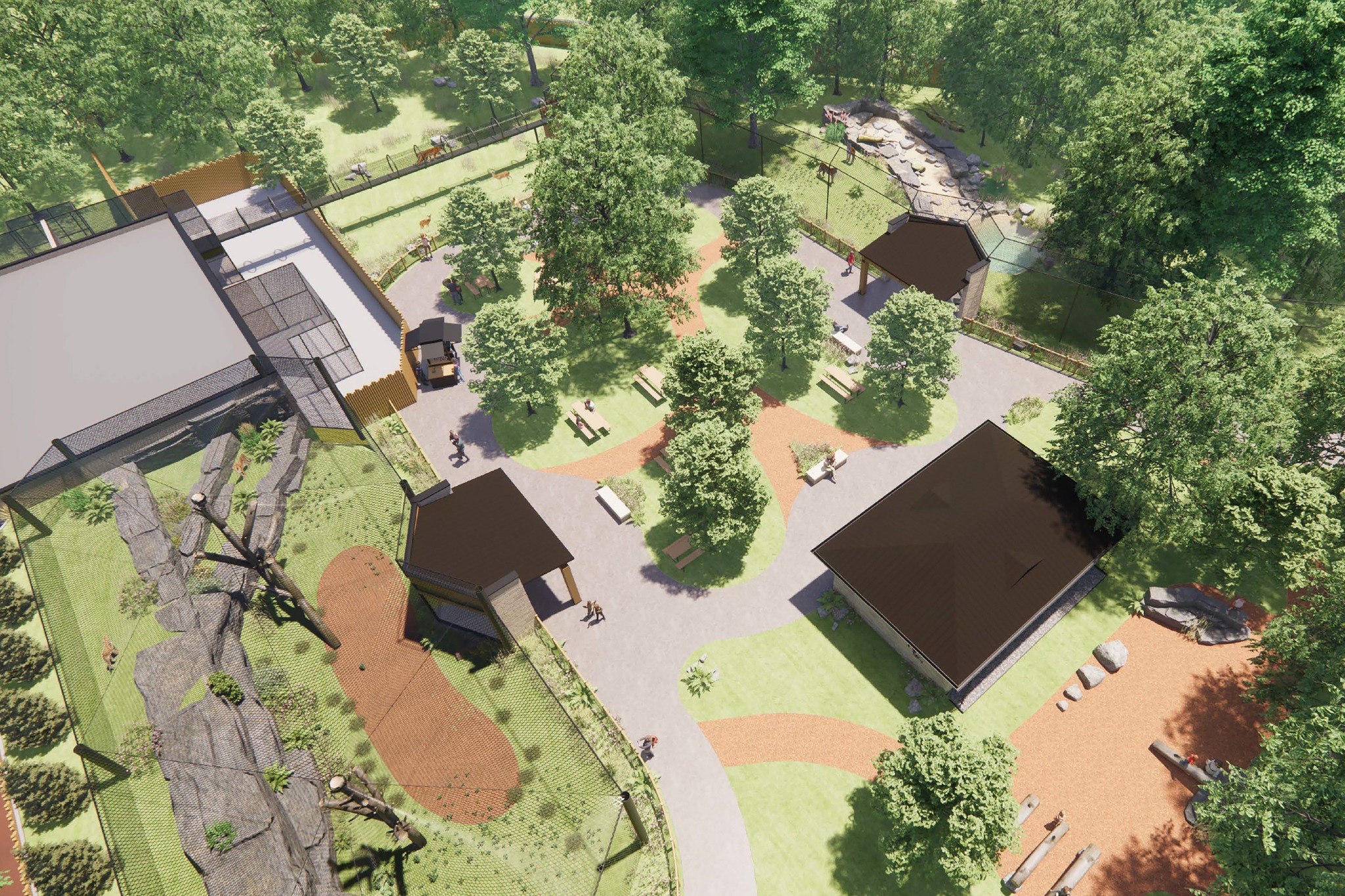- Expansion of the Zoo: Overview and Objectives
- Enhanced Habitats for Amur Tigers and Amur Leopards
- Improvement and Expansion of the Sichuan Takin Habitat
- Inclusion of New Eurasian Species to Educate and Conserve
- Development of Visitor Facilities: Bathrooms and Play Spaces
The upcoming expansion for the Zoo is a pivotal moment in its history. For decades, the Zoo has welcomed visitors to observe and learn about its diverse array of species from across the globe. This new endeavor aims to extend its boundaries into the eastern wooded area, a space with great potential for transforming animal habitats into more naturalistic environments that foster educational and conservation efforts. This expansion marks a significant milestone, aligning with the Zoo’s mission to enhance education, support conservation initiatives, and improve the welfare of its animal residents.
The focus is on improving living conditions for the Amur tiger and Amur leopard, both of which are classified as endangered species. The decision to expand specifically targets creating larger and more authentic spaces, mimicking their native habitats in the dense forests and mountainous regions of eastern Russia and Northeast China. By offering these species more space to roam and opportunities to engage in natural behaviors, the Zoo continues to participate actively in global conservation efforts to prevent their extinction.
One of the core projects involves improving and enlarging the habitat for the Sichuan takin. These remarkable herbivores, native to the rugged mountains of Sichuan and Tibet, will benefit greatly from an expanded environment. In their natural habitat, takins navigate steep and rocky terrains, which our updated space will emulate. The expansion will not only provide an enriched living area but also allow for a more dynamic educational experience for visitors eager to learn about their social behaviors and unique adaptations.
In addition to enhancing existing enclosures, the expansion seeks to introduce several new Eurasian species. This strategic inclusion emphasizes the Zoo’s commitment to biodiversity education and conservation. By showcasing species that share ecosystems or geographical overlap with current residents, the Zoo can offer comprehensive educational narratives about food webs, ecological balances, and the interconnectedness of flora and fauna across Eurasian landscapes.
The expansion project also considers the experience of its human visitors. New facilities are planned, including visitor-friendly bathrooms and fun play spaces for children. These improvements support the Zoo’s broader objective to create an engaging and comfortable environment for families and individuals alike, encouraging more frequent visits and stronger educational impact.
In summary, this ambitious Zoo expansion represents a forward step in both animal welfare and public engagement. With careful planning and execution, the new Eurasia habitat will enrich the lives of its animal inhabitants and the understanding of its human guests. By integrating improved facilities and naturalistic animal habitats, the Zoo reaffirms its dedication to conservation, education, and the celebration of our planet’s incredible biodiversity.
*****
Source Description
You might start to notice some changes around the Zoo, specifically around the tiger and takin habitats. That’s because we’re starting a big new endeavor! We’re expanding the Zoo to encompass the wooded area to the east and planning to break ground on a brand new Eurasia habitat! The primary goal is to create new, more naturalistic habitats for Amur tigers and Amur leopards, as well as expand the Sichuan takin habitat and bring in a few new Eurasian species. There will be new bathrooms and play space too!
This is the first time we’ve expanded the Zoo in many decades, and we’re really excited about what this new expansion means for our mission of education, conservation, and improving animal quality of life. Check out the website and see what we’re planning!
www.expandingourprints.org


